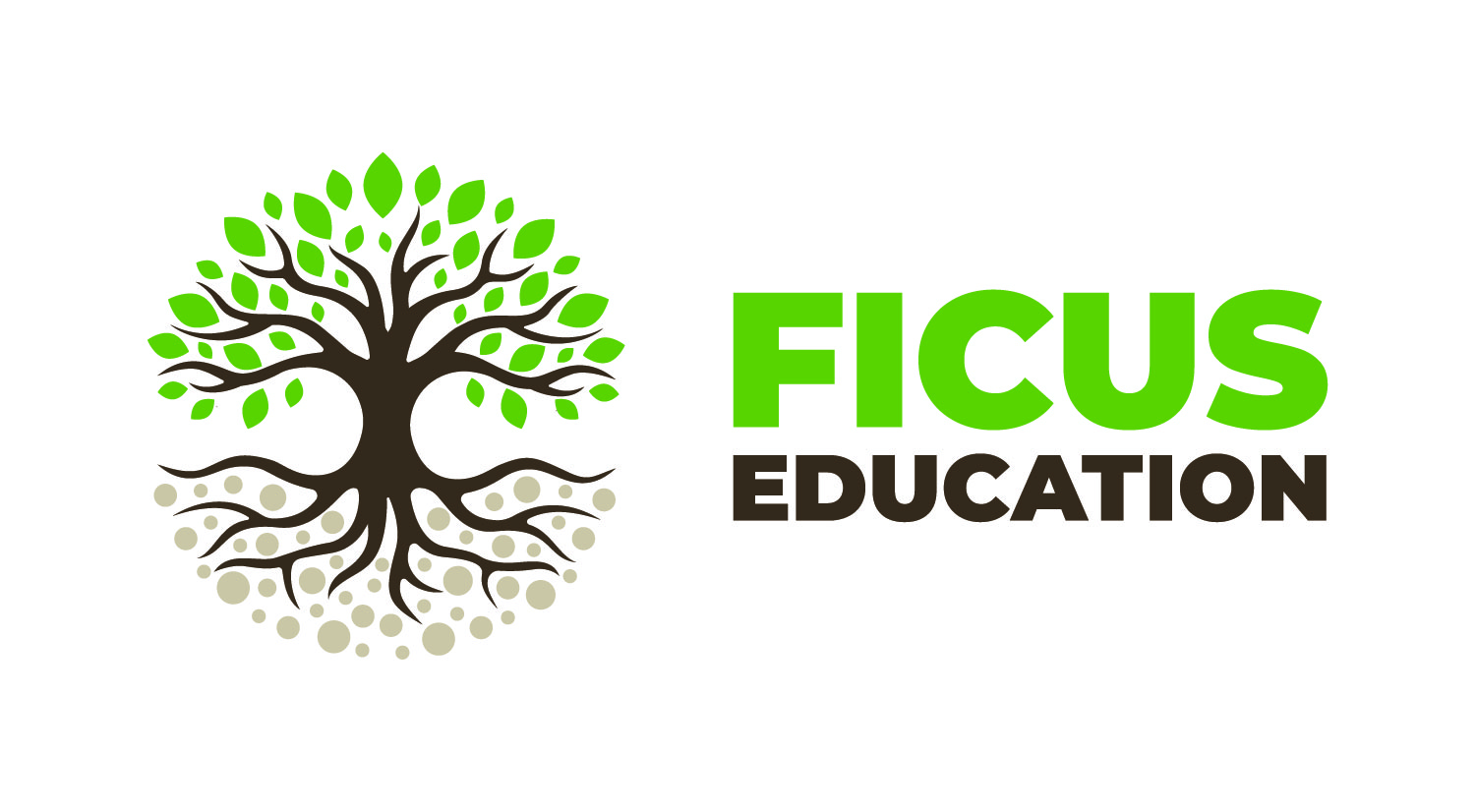.png)
Section 127 Educational Assistance Plans are an attractive benefit for both employers and employees. These plans allow employers to provide tax-free financial assistance to employees seeking to further their education, and can be a powerful tool in attracting and retaining talented workers. However, in order to establish a successful Section 127 plan, it is crucial for employers to have a written document in place.
What is a Section 127 Plan?
A Section 127 Plan is a type of employer-provided educational assistance program that allows employers to offer tax-free financial assistance to employees for certain education expenses. These expenses can include tuition, fees, books, supplies, and equipment related to the employee's education. In order for these payments to be considered tax-free, they must not exceed $5,250 per year per employee, and the education must be job-related.
Why Do Employers Want a Written Document in Place?
While Section 127 Plans can be a valuable benefit for employers and employees alike, there are specific requirements that must be met in order to qualify for tax-free status. These requirements include:
- Written Plan: A Section 127 Plan must be in writing, and must describe the benefits available under the plan, the eligible employees, and the specific educational expenses that are covered.
- Eligible Employees: The plan must be available to all eligible employees on a nondiscriminatory basis. This means that the plan cannot favor highly compensated employees or discriminate against lower-paid workers.
- Educational Expenses: The plan must be limited to job-related educational expenses, and must not provide benefits for expenses that are not related to the employee's current or future job.
- Notification: Employers must provide written notification to employees about the Section 127 Plan, including the benefits available and the limitations on tax-free benefits.
By having a written document in place, employers can ensure that they are meeting these requirements and providing a clear and consistent benefit to their employees. Additionally, having a written plan in place can help to prevent misunderstandings and ensure that the program is administered fairly and consistently.
Benefits of Section 127 Plans for Employers
Offering a Section 127 Plan can provide significant benefits for employers, including:
- Attracting and Retaining Talent: By offering a valuable education benefit, employers can attract and retain talented employees who are looking for opportunities to further their education and advance their careers.
- Increased Employee Engagement: Providing educational opportunities to employees can increase engagement and motivation, as employees feel that their employer is investing in their development and growth.
- Tax Savings: Employers can receive a tax deduction for the educational assistance payments made under the Section 127 Plan, which can provide significant savings over time.
- Improved Workforce Skills: By providing education benefits, employers can help to develop the skills and knowledge of their workforce, which can lead to improved job performance and increased productivity.
Conclusion
Section 127 Educational Assistance Plans are an attractive benefit for both employers and employees, offering tax-free financial assistance for job-related education expenses. However, in order to establish a successful plan, it is crucial for employers to have a written document in place that meets specific requirements. By doing so, employers can attract and retain talent, increase employee engagement, and receive tax savings, while also helping to develop the skills and knowledge of their workforce.

.png)

-1.png?width=352&name=Untitled%20design%20(27)-1.png)
.png?width=352&name=Blogs%20(4).png)
